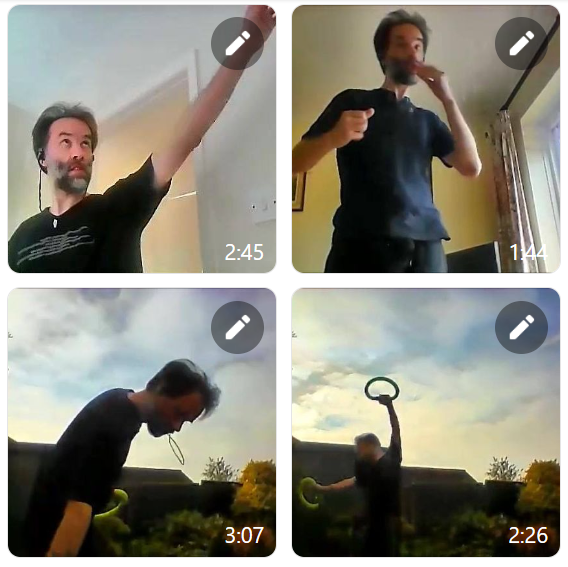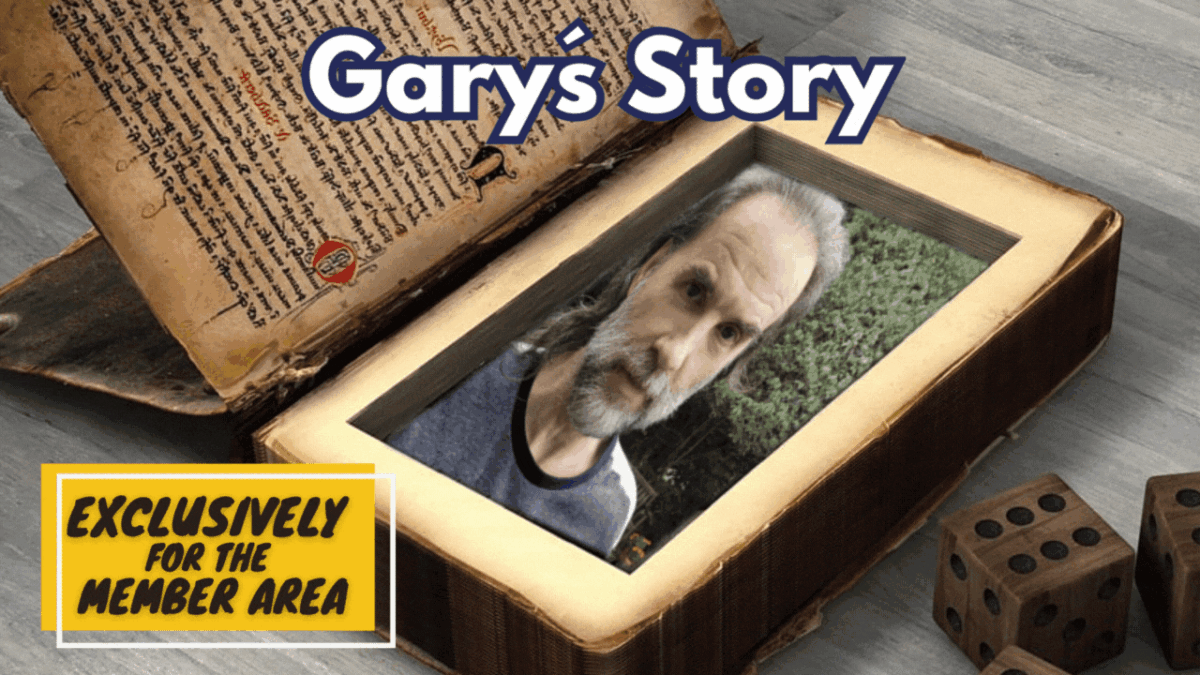My Experiments with Dance as Therapy

One of the most profound and helpful interventions I found after taking responsibility for my own health was dance as therapy, or moving to music. This is somewhat ironic, because before this time, I could not [I had two left feet, and could not tune into the beat of music] and would not [I found trying doing do it extremely embarrassing] dance, not even in private. In hindsight, this was because, even prior to diagnosis, and indeed, for my entire life, I was dissociated from my body. It was only later when I started to recover, that I experienced joy in moving to music. Using dance as therapy on a daily basis not only allowed me to remove symptoms in the moment, and to extend the “on” times before I lost access to movement again, but over time, aided my progressive day-to-day symptom reduction.
I experimented with different forms of moving to music/dance, and intuited and iterated to a form of self-expression which seems optimal for Parkinson’s.
Here, we will follow my journey with dance backwards, starting with the video below, where things ended up. This is more or less what my daily dance routines still look like today. Basically, it consists of voluntarily freezing between moves that look somewhat like tai chi, and varying the speed.
Before my hospitalization, and then subsequently moving to a care home where there wasn’t room for it, I had a rebounder (mini-trampoline) which was a fun and healthy assisted way to move to music.
Continuing practice daily, when my symptoms and energy would allow, by the time diary entry, from November 2018, my balance, fluidity of movement, range of motion and confidence had clearly markedly improved. I found my movement expression tending towards more gyrating motions of the arms. Holding on to these “Smovey Rings” which provide tactile and vibratory feedback was also a big help.
Indeed, I also found that expressiveness of the hands was a vital ingredient to the success of Dance Therapy, and that tactile feedback could enhance this. Thus in this entry, you will see me wearing a pair of work gloves.
After practicing Mirror Dancing (see below) daily for a while, I soon found that I could dance more freely by myself without the need for the visual cues. At times, the joy of being able to access free movement again could temporarily unlock me completely from the stiffness, rigidity, pain and freeze of my PD, via a positive feedback loop, as this entry from November 2016 demonstrates.
Earlier, I had discovered the importance of “Mirror Dancing” for helping to start unlocking more movement: passively watching a music video over and over, and then actively trying to copy the dance moves of people in them. This brings into play the firing of my Mirror Neurons to enhance access to and relearning movement (see the article on Mirroring and Rehearsal Therapies linked to in the Introduction for more about this). Here is a diary entry from July 2016, where I mirroring to the music video “Counting Stars” by One Republic.
Here is another example, where I am mirroring to “Bad Romance” by Lady Gaga.
Below is a very early entry from my diary, back in April 2016, when I first discovered dance/moving to music, and its benefits. Interestingly, in this one I discuss and demonstrate how dance therapy is not just important for helping us to move physically again, but also to move our emotions through our system. This was critical too, as I was just as emotionally frozen as I was physically.

